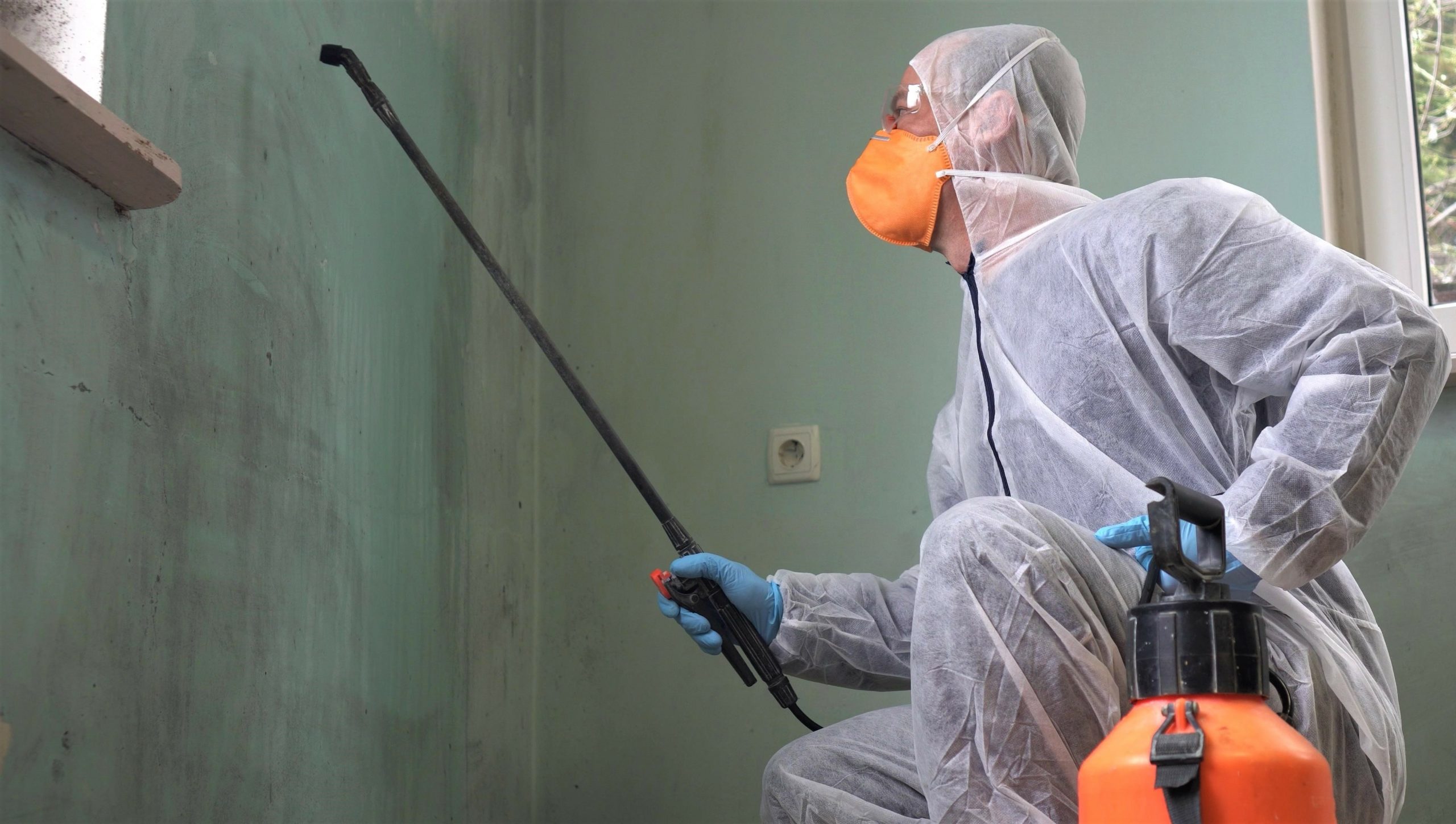From bamboo to soft wool, you had better know how to clean it right, or be ready to pay for damage.
With the increasing interest in sustainability and natural products, many new surfaces are being introduced to the home environment. Easily damaged by use of the wrong pH, cleaning agents or even by water, many of these are more delicate than the synthetic surfaces and fabrics that those of us who have been in the cleaning business for a while are used to.
As professional cleaners, we must keep abreast of these emerging materials and how to properly care for them. After all, if we ruin a surface through improper cleaning, we not only have a negative environmental impact as we re-finish or dispose of the ruined surface, but on our bottom line as well. So let’s take a look at some these materials and learn to avoid damaging them.
Natural Stone: Especially Marble, Travertine or Limestone
Because of its beauty and perceived durability, natural stone is making an increasingly popular choice for counters, floors, showers and many other, non-traditional uses. Too often stone is used either in inappropriate places or with flawed expectations.
Some stones, especially the calcium-based stones, such as marble, travertine and limestone, are quite sensitive to acid. Many folks fail to realize that stone can be damaged by alkaline cleaning agents as well. A drop of vinegar or fruit juice can etch these stone surfaces in a matter of seconds.
Because stone is a natural product there is a wide variance between each material’s source, so that even within a stone type the cleaning choice you use one time may prove disastrous over a long time or even on the very next surface you clean, even if it appears to be the same or similar to the prior material. The cleaner who uses a regular tile and grout cleaner on a marble shower is likely looking at least a several-thousand dollar polishing bill, at worst actual replacement of the shower.
Solution
For natural stone use ONLY neutral, non-chelating cleaner or deionized water and a microfiber cloth. I suggest always using a stone-specific cleaner from a reputable supplier.
Natural Fiber Rugs
Fibers such as sisal, sea grass, and hemp are being promoted as natural and sustainable, as well as wear-resistant. The problem is that because these fibers are natural plant materials, they “brown”—that is, they can develop permanent brown spots where they happen to get wet.
Solution
Identify to the client these challenges and limitations of your cleaning services at the time of your in-home estimate or first cleaning job. Do NOT try to spot clean them and be careful to not drop any liquid on them at all. These rugs are basically
not cleanable without causing material changes in their
appearance.
Horse Hair and Soft Wools
We are also seeing rugs woven out of horse hair or other soft wools. These rugs can be damaged by a beater bar or even a turbo brush bar.
Solution
Vacuum these only with a soft bristle or smooth floor tool. Explore accessories to your current vacuum or alternatives with a knowledgeable equipment supplier.
Wood Floors: Polyurethane
The early polyurethanes were extremely durable, but had toxic solvents. Today most of the finishes are water-based or water-borne which are much better for the environment and safer for the installers and re-finishers. However, today’s polyurethane finishes are not as durable.
Solution
Polyurethane finishes should only be cleaned with a neutral cleaner or a cleaner that is specifically made for the finish type. Make sure the cleaner does not have a shining agent or polish that will interfere with re-coating if that becomes necessary. Alkaline cleaners with a pH of 12 or greater can seriously degrade these finishes.
Wood Floors: Oiled Finishes
Oiled finishes are making a comeback for their rich luster and their use of natural oils. These should not be cleaned with cleaners designed for polyurethane floors. They will dry the floor out. Be careful: there is a lot of misinformation out there, even from distributors and installers. When I was at “Surfaces”, the massive flooring show in Las Vegas, several manufacturers of pre-finished oiled floors told me they could be cleaned with standard products such as we use for polyurethane floors. When I got to the booth of the manufacturer of the finish, they were horrified. The manufacturer said those cleaners would degrade their finish.
Solution
If you are dealing with an oiled or oiled and waxed floor, try to find the manufacturers of the finish and follow their recommendations. Otherwise, just a damp (NOT wet) microfiber mop may be the solution, but always test first.
Bamboo
Two years ago, bamboo was the star of the sustainable flooring universe. Its claims, “made from a material that could be harvested every four to six years, harder than red oak and moisture-resistant” sounded like the forever product of choice. Today this star has already dimmed. The hardness test for wood turned out to be less applicable for bamboo. Dogs’ nails and similar items scratch and dent bamboo very easily. The other finding is that bamboo, a dried grass, absorbs moisture rather easily, causing it to swell and buckle. It is no longer recommended for at-grade or other installations exposed to moisture. The quality of the seal on the bamboo will determine how affected it will be by moisture from cleaning.
Solution
Use a barely damp microfiber mop, not a wet mop of any type.
Conclusion
As you can see, new sustainable finishes are creating new challenges for the professional cleaner. Some of these new surfaces are called ‘maintenance free’ because they are virtually uncleanable! It is important for the professional to stay abreast of the changes in the home furnishing and flooring industries and to become a resource for our clients in the proper way to care for their homes.






